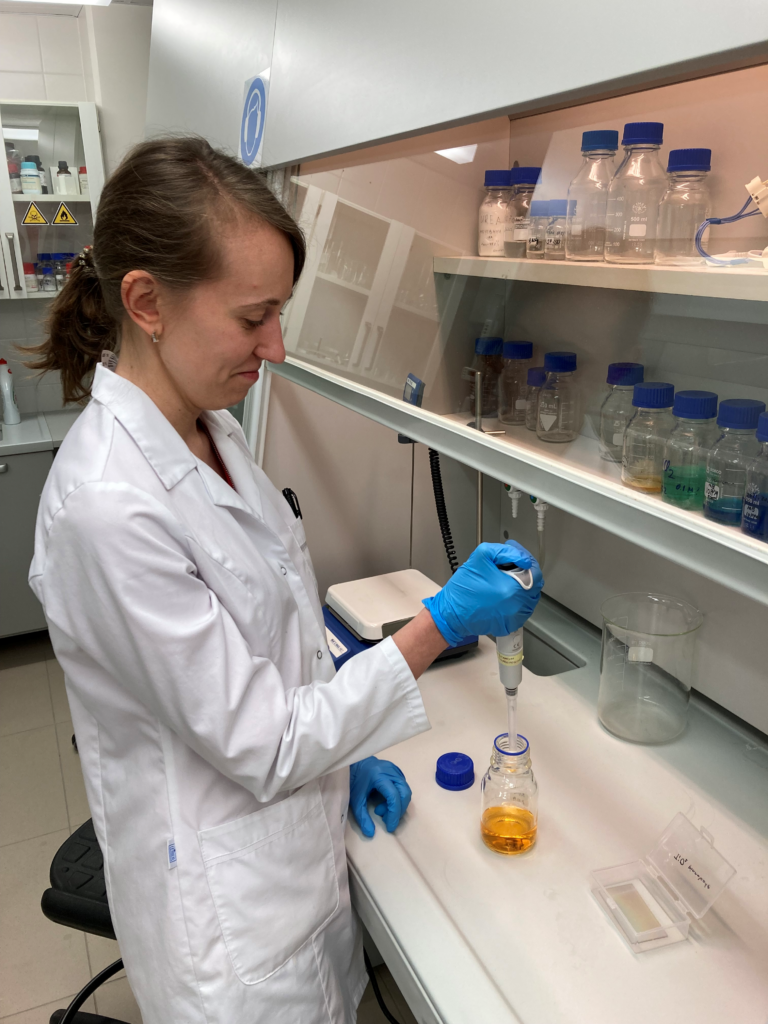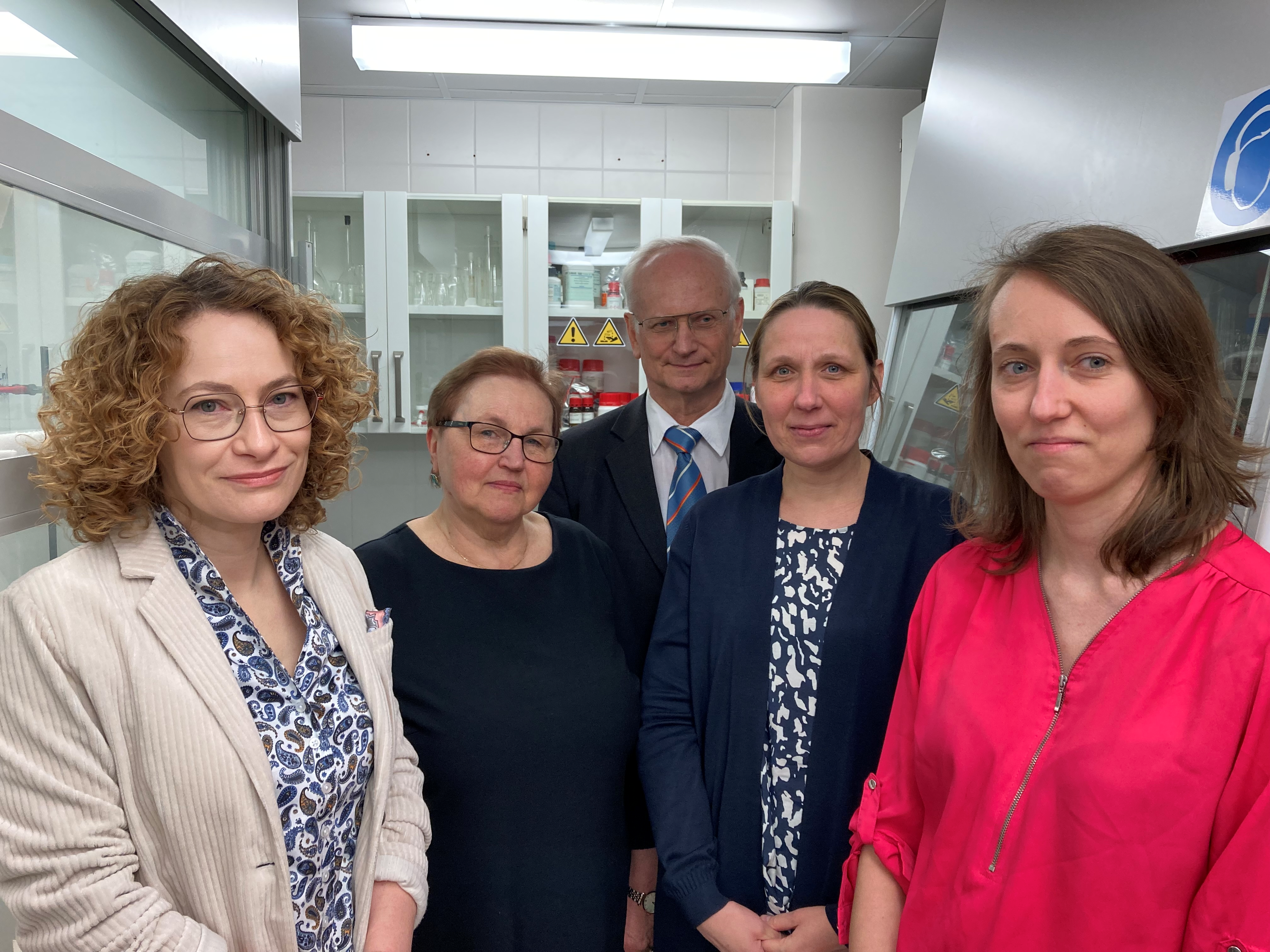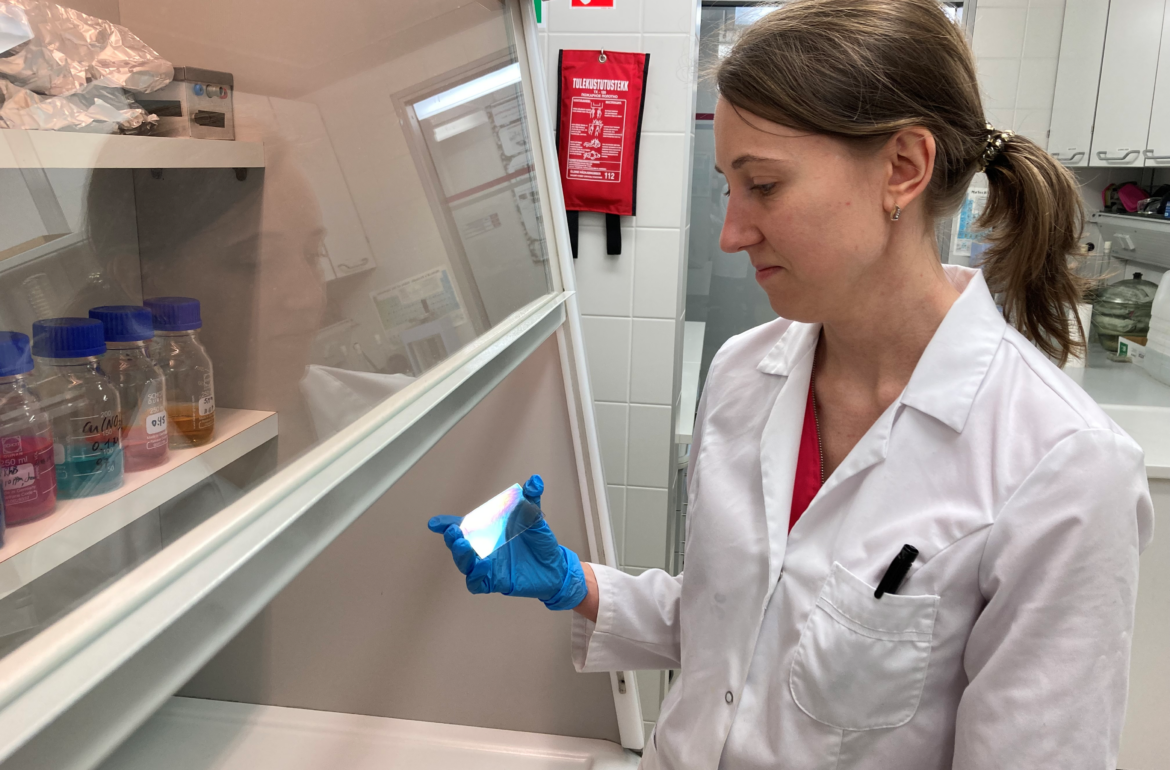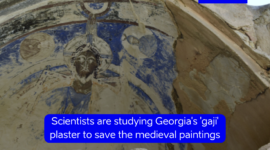If you are indoors right now, there are up to 200 different toxic substances around you. Researchers created a glass that can get rid of them.
It has taken researcher Jekaterina Sydorenko and the rest of her lab members over four years to come to the conclusion: indoor air can be affordably and elegantly cleaned.
At the Laboratory for Thin Film Energy Materials and the Laboratory of Environmental Technology at Tallinn University of Technology, they use direct sunlight and metal oxide film to remove the pollutants.
The titanium dioxide powder is abundant on our planet, used in paints and cement, implants, and even sunscreen. When it is irradiated with suitable light, it turns into a disinfectant.
The solution containing titanium is sprayed on the heated glass to create windows with a hint of colour. There, under the sunlight, is where the magic happens. The sunrays activate the electrons that produce hydroxyl radicals, which can kill toxic air pollutants and viruses.
Yes, the air we breathe most of the time during our waking and sleeping hours can harm us.
“I think the COVID-19 pandemic made us think more about indoor air,” Sydorenko told Research in Estonia. “More than ever before, ventilation in schools and other public spaces was discussed in depth.” In the UK, there were proposals to start monitoring CO2 in schools. The cheapest option according to experts, however, was to open a window.
Toxic children’s bedrooms
People in high- and middle-income countries spend about 85 to 90 per cent of their time indoors. According to the US Environmental Protection Agency, levels of indoor air pollutants are typically more than three times higher than outdoors.
Children’s bedrooms were identified as the room with the most polluted indoor air quality in homes. The polluted air can lead to irritation of the eyes, throat, or skin, causing headaches and fatigue. A recent study connected bad inside air to mental health issues, according to the Guardian.
Heating and cooking create toxic air pollutants. As do cleaning products and paints, scented candles and air fresheners. Building materials can also be harmful.
Opening windows can be helpful, but who knows what the air quality is like outside?
Air purification systems with HEPA filters can also remove contaminants, but they are costly and noisy. Moreover, they need maintenance and the filters need to be replaced regularly.
Essentially, the solution Estonian researchers are proposing is similar, only that instead of the titanium dioxide powder in a filter, they turn it into a transparent coating on the glass. It’s the most unique solution yet devised to tackle the problem.
Sydorenko defended her doctoral thesis, “Development of Spray-Pyrolysis-Synthesised TiO2 Thin Films for Photocatalytic Degradation of Volatile Organic Compounds in Air”, in the middle of March at Taltech University this year. Her research proved that this technicolour glass does kill most of the pollutants in the air. Her experiments contained above-average concentrations of pollutants. “Our material was able to remove all of the harmful particles!”, Sydorenko rejoiced.

At the lab preparing the spray solution for titanium dioxide films. Photo credit: Taltech
Smart windows that harmlessly clean the air
Determining how titanium dioxide reacts to exposure to light has been researched extensively, but there are gaps. The transparent coating has, for instance, not been studied a lot. However, Sydorenko has discovered that the glass doesn’t lose its properties when scratched. It doesn’t release any chemicals that may be harmful. It’s not expensive to produce. The only challenge is to ensure there is light and that the toxic substances reach the windows and don’t linger elsewhere.
Some experiments were conducted in collaboration with other universities in Estonia and abroad. The surface photovoltage measurements were performed with the Helmholtz Zentrum in Berlin. Atomic force microscopy was conducted at The Arctic University of Norway. The antibacterial experiments were performed with the National Institute of Chemical Physics and Biophysics. The antiviral experiments were conducted at the University of Tartu.

Written by: Marian Männi. This article was funded by the European Regional Development Fund through Estonian Research Council.
 Back
Back



